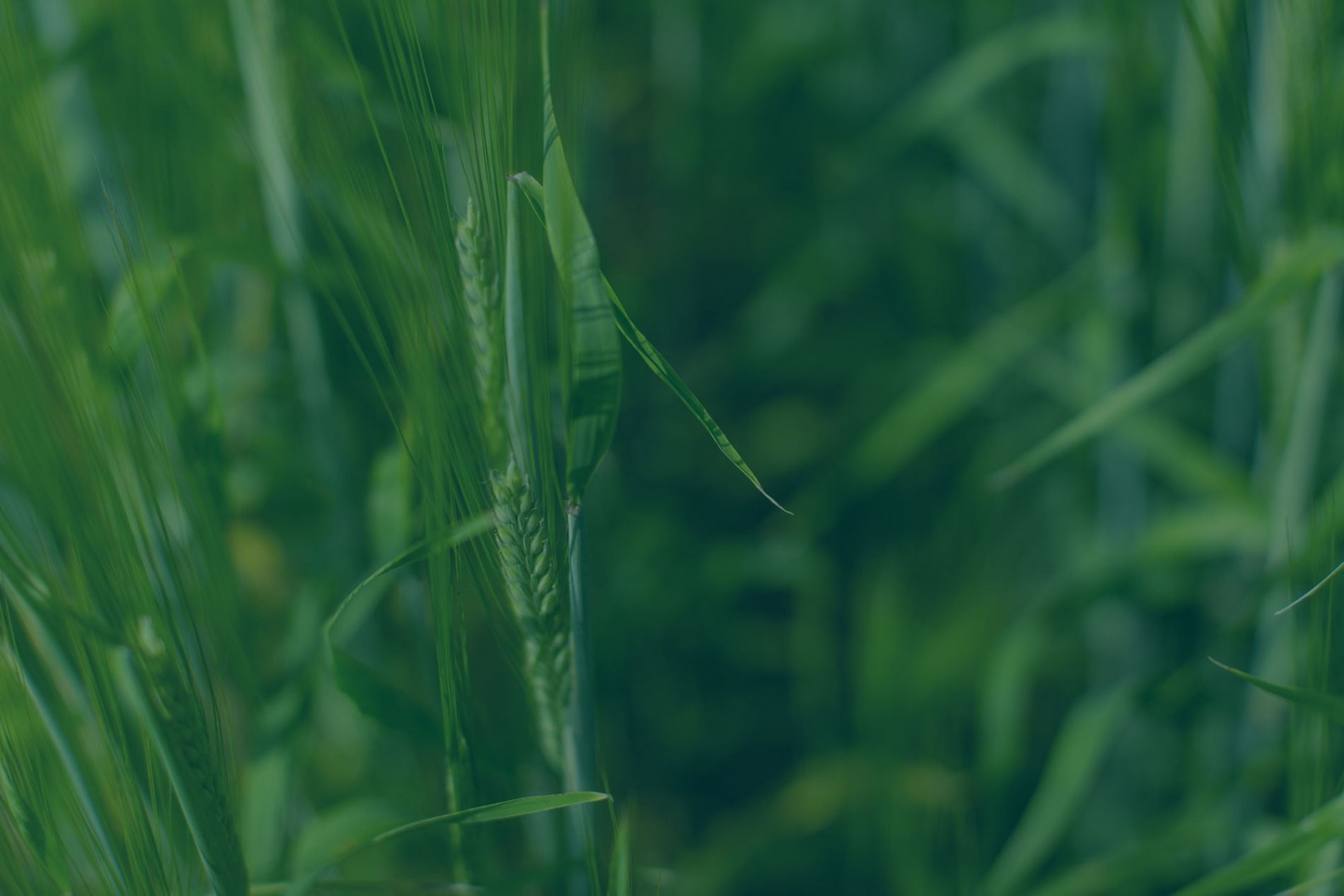Effects of frost on cereals
Posted by Jeremy Boychyn | MSc P.Ag | Agronomy Research Extension Specialist
Impact of frost on your crop can vary greatly depending on a variety of factors including crop stage, duration, and temperature. Field topography and environmental moisture will also affect its impacts.
As the crop progresses during grain fill, moisture in the kernel will increase into the milk stage and then decrease as it heads into dough stage and maturity. The more moisture in the kernel, the greater the risk there is to frost impact. Essentially, the less water there is in the kernel to freeze, the less potential freezing impact there can be. A crop in milk stage will be much more vulnerable to damage than a crop in late dough stage. This is because as water freezes, it expands and creates crystal formations. Those crystal formations will, through expansion, damage plant cells and the structures within the plant cell. Not all plants and not all plant tissues are subject to frost damage the same. This is partly due to the plant’s ability to move special solutes (similar to anti-freeze) into cells. Also, plants that have encountered previous stresses (drought, frost, pests, etc.) will be more likely to increase their solutes within the cell.
The speed at which frost (or temperature drop) occurs will also play a role. This is because a slower rate of temperature decrease will lead to larger ice crystals as compared to a fast temperature drop. The larger ice crystals are more likely to damage surrounding plant cells and compounds within the cell.
Finally, temperature. Again, the impact that temperature plays will depend on crop stage. In general, barley is slightly more susceptible to frost than wheat. Cereal crops that are in the milk stage may see impact from a 0°C frost while crops in the late dough stage will see frost, germination, and kernel shriveling around -3°C to -4°C. When in the later stages, one rule of thumb to go by is the 2x4 rule. This means -2°C for four hours and -4°C for two hours is the range you may start to see impact. This rule is dependent on many factors including topography, humidity, crop stage etc.
If you do encounter early frost on your cereal crop, it would be a good idea to test the seed for germination issues. A frost, especially below 3°C can inhibit the seeds ability to produce a healthy plant.
If you do encounter a frost on a crop that will be destined for green feed, it is important to test for nitrate build up in that plant material. Nitrates build up in plant material from frost events due to the above ground part of the plant stopping or slowing photosynthesis after a frost. The roots of the plant continue to uptake nitrates from the soil but the plant is no longer able to process those nitrates. Those nitrates then build up within the green material. Excessive nitrates within feed can be harmful to feeding animals.
Unfortunately, unless you are in a position to swath your crop a bit early prior to a significant frost, there is not much we can do about impact. There are no remediation steps that can be taken. Once the crop has been impacted, wait at least a couple days to inspect the damage. Damage will show as shriveled kernels and dark coloured water-soaked plant material.

